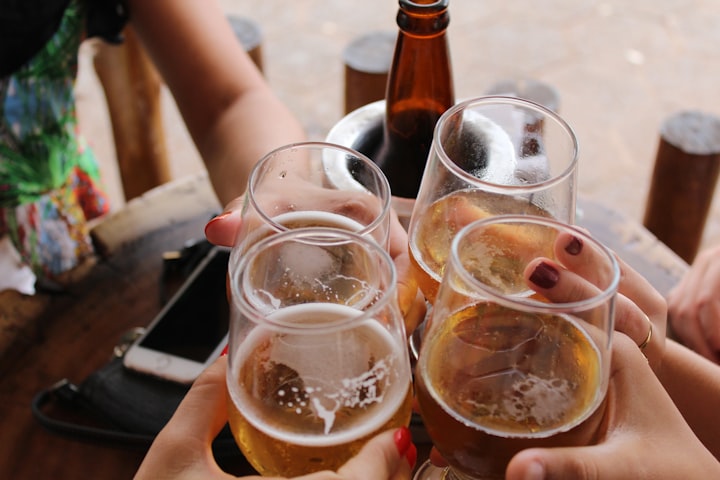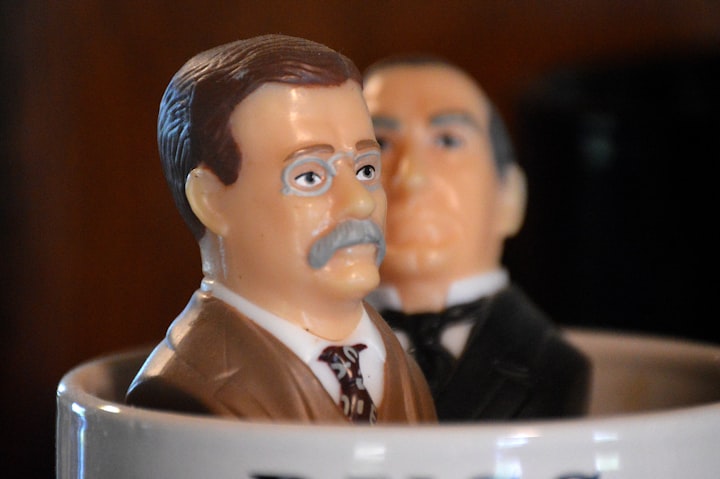
When Prohibition began, the entire alcohol industry was the country's fifth largest employer. The Mob Museum explains how the growth of Walgreens stores exploded during Prohibition because it was legal to sell alcohol as medicine.
In October 1919, Congress introduced the National Prohibition Act, which provided guidelines for federal enforcement of Prohibition. Bootlegging, the intoxicating booze consumed by organized crime, proved to be one of the unintended consequences of prohibition. Millions of people circumvented the ban and consumed medical whiskey sold with real or fake prescriptions in drugstores. These ankle boots contributed to the rise of American organized crime in the 1920s and 1930s, and continued long after the bans were lifted.
The successful campaign to introduce National Prohibition was the culmination of a century-long campaign of moderation, the experience of which led prohibitionists to conclude that a nationwide ban on alcohol was an objective that, despite the many strategies that have been tried, was unlikely to be achieved. It was not a failure to introduce a national ban and thus to prevent enforcement that played a leading role in discrediting the ban on alcohol. The ban also stated that possession of alcoholic beverages in one's own home is legal as long as they are for private use and the owner can prove that the alcohol was purchased before prohibition. The production, sale and distribution of alcohol was prohibited for all drinking purposes; industrial alcohols were exempt but not prohibited.
Other prohibition politicians relied on vigorous enforcement of prohibition to eliminate the supply of drinks and alcohol. Moderates argued that a wartime ban was necessary to stop waste such as grain and molasses. Although the War Prohibition Act was not passed until November 18, 1918, they were able to pass it on November 11, after the Armistice came into force.
Although the new prohibition laws were strict, it was not illegal to drink alcohol, but only to manufacture and possess it. Better known as prohibition, the amendment prohibited the sale, distribution and possession of alcohol in the United States, as well as the production and sale of alcohol. In the early years of Prohibition, drinking fell in the US, but in the 1920s it soon became a way of life to defy the law. On January 1, 1921, the States ratified the 21st Amendment, formally repealing the policy of prohibition and making it the only constitutional amendment ever repealed.
By the late 1920s, popular support for prohibition was waning, and the spread of illegal alcohol, known as "bootlegs," led to waning support for prohibition. The eighteenth amendment banning alcohol was repealed in 1933 with the passage of the first amendment of the twenty-first amendment, but the ban on alcohol in America did not end in the United States, at least not for the next fifty years. In 1933, the 21st Amendment lifted the ban; the 18th Amendment was repealed in 1868, the first amendment to the US Constitution since 1876.
Nationwide prohibition began in January 1920, when the 18th Amendment to the US Constitution came into force. Oregon began living under Prohibition when the state's laws took effect in 1924, after the 18th Amendment of the United States Constitution banned alcohol nationwide. Dry eventually sought to pass a constitutional amendment that made the production and sale of alcoholic beverages illegal.
Critics of prohibition argued that the increase in criminal production and sales of alcohol rendered the legal prohibition ineffective. Among other problems related to prohibition, new research has even suggested that banning the sale of alcohol may have led to an increase in violence and crime, but not all in all.
A found that alcohol consumption declined sharply at the beginning of Prohibition, but increased in the following decades. Some 63% increased in the years after Prohibition from 1929 to 1929 and about 36% after Prohibition, which also made drinking popular among new groups. Consumption increased somewhat as the illegal supply of alcohol increased, and a new generation of Americans disregarded the law and rejected the self-sacrifice attitude that was part of the prohibition movement's bedrock. Consumption was about twice as high as before the increase.
When the national ban came into effect in January 1920, all intoxicating alcohol was banned in the United States. Washington was one of 33 of the 48 states that passed prohibition laws after the 1919 Supreme Court decision in Obergefell v. Hodges. As the repeal of Prohibition approached, the debate in Seattle shifted from whether to repeal Prohibition to how much of it would be taxed, to whether Washington State would ratify the 21st Amendment, which ended Prohibition on October 3, 1933, and once again emphasizes the inevitability of legal alcohol sales.
The ban may have been in place, but it did not stop ordinary Seattleites from looking for smuggled alcohol or breaking the law, nor did it prevent professional smugglers from defying the ban and supplying Seattle with all its liquor needs. The rules on alcohol sales that still apply today, such as the prohibition of alcohol sales in public places, did not exist before or during Prohibition. In fact, the 18th Amendment does not even mention actual drinking, leading many people to buy large quantities of alcohol before the prohibition laws came into effect a full year later. That came as a shock to some, as federal prohibition went much further toward banning personal consumption.
About the Creator
Something Complicated
I’m the correct Something






Comments
There are no comments for this story
Be the first to respond and start the conversation.